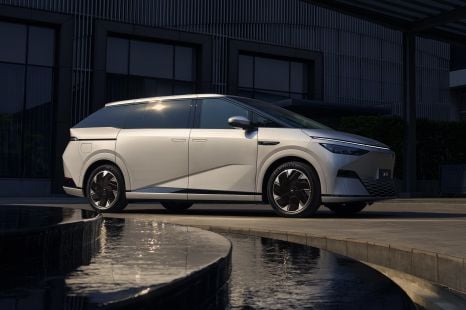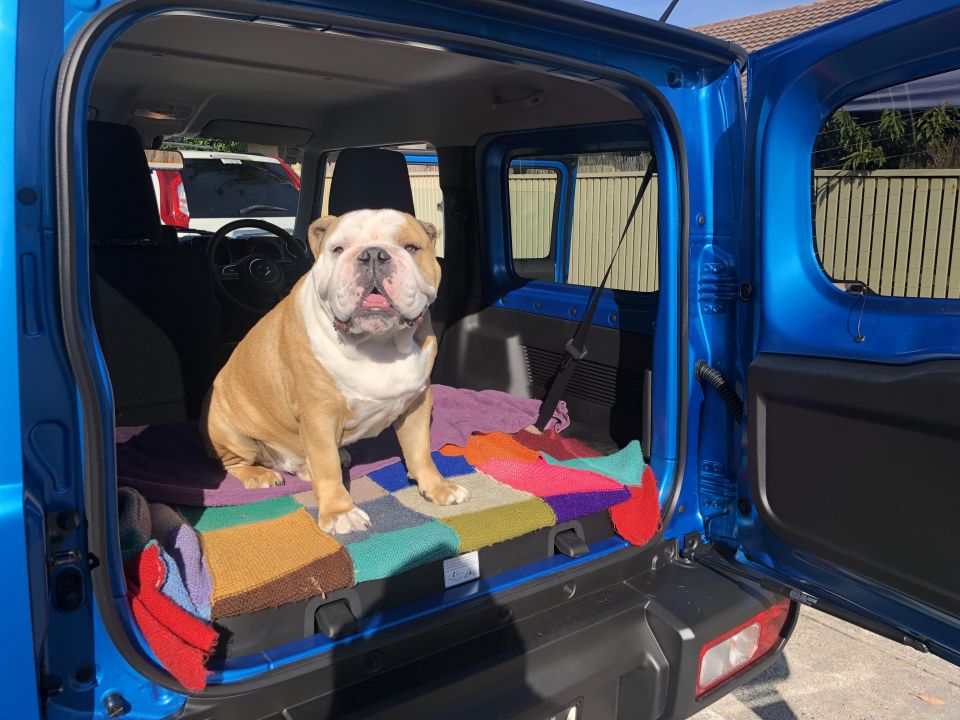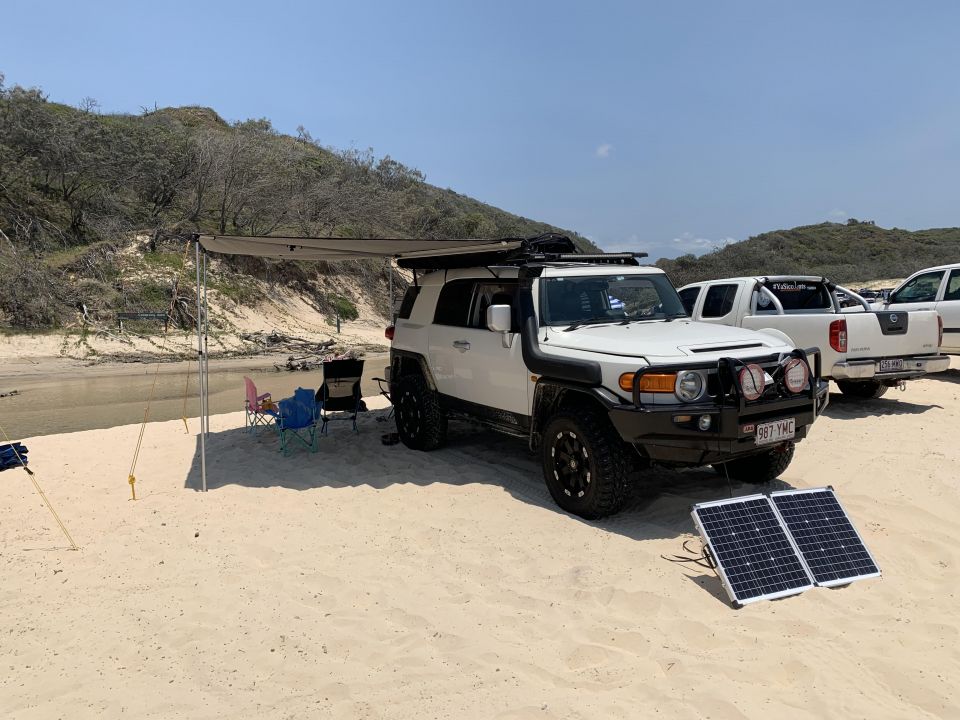

William Stopford
Will 2026 be the year of the people mover in Australia? China seems to think so
6 Hours Ago
Keen to submit your take on a car you own, but want to make sure it really stands out? Here are a few basic tips to help you write like a journalist.

Contributor


Contributor
We’ve now published almost 100 owner reviews on CarExpert, covering everything from the Suzuki Cappuccino to the Nissan Patrol.
We don’t expect professional-quality work, but having edited a fair chunk of them, there are a few things it pays to keep in mind if you want your work to really stand out.
First up, focus on the details. That means getting your units right, and making sure you’ve capitalised the words that need capitalising.

There’s one correct way to write most of the units you’ll be using in your review:
There are also plenty of common words that are easy to get right, chief among which are Apple CarPlay and AndroidAuto. Satellite navigation, autonomous emergency braking, lane-keeping assist, reversing camera, and blind-spot monitoring don’t need to be capitalised.
While we’re talking about spelling and capitalisation, make sure you spell the name of your car correctly the whole way through your review. Sounds simple, but it’s often overlooked. If you’re not big on spelling and grammar (which is fine, by the way), at least try to be consistent.

When it comes to structuring your review, our template is there for a reason. Follow it.
Even the experienced CarExpert editorial team benefits from having a template, because it means you can forget about trying to think of pretty ways to join sections together and instead focus on providing key information.
With that in mind, it’s also worth making an effort to be succinct. Dive into as much detail as you want; we love all the nitty-gritty, nerdy information you’ve learned after years behind the wheel – but sometimes the most effective way to get your point across is by saying in the tightest way possible.
In some cases, it helps to write like you speak. There’s no need to use words for the sake of it.

Finally, have a think about your images. Even if you’re not a professional photographer, it’s possible to frame your car in a way that makes it look sexy.
Take photos in a landscape orientation rather than portrait, and make sure your car is relatively central in the frame. If it’s right at the edge or partially cropped it’s tough for readers to make out the details, and our auto-cropping software might cut out the details to squeeze your picture into the site.
Think you’ve got what it takes? Submit an owner review here for your chance to win a $100 fuel voucher every week.
Scott Collie is an automotive journalist based in Melbourne, Australia. Scott studied journalism at RMIT University and, after a lifelong obsession with everything automotive, started covering the car industry shortly afterwards. He has a passion for travel, and is an avid Melbourne Demons supporter.


William Stopford
6 Hours Ago


Max Davies
7 Hours Ago


Derek Fung
8 Hours Ago


Matt Campbell
14 Hours Ago


Ben Zachariah
1 Day Ago


Damion Smy
1 Day Ago